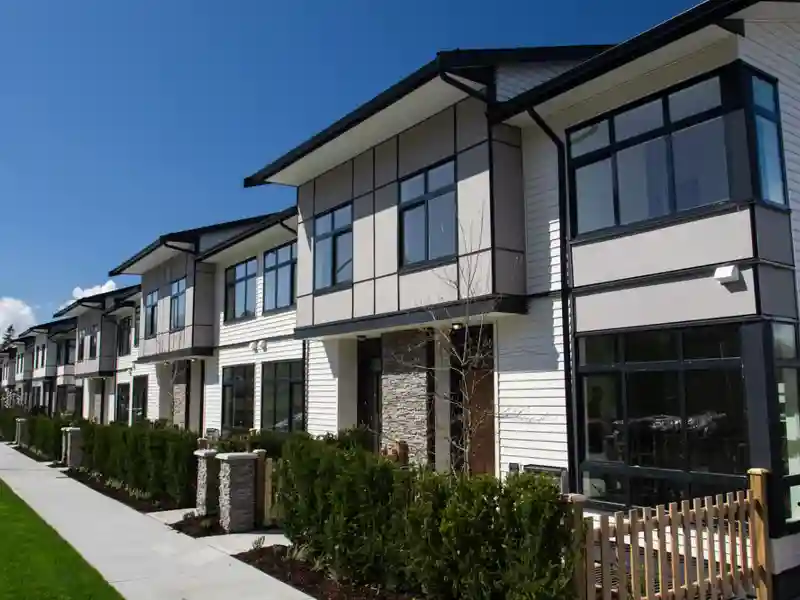
Even before the impact of the COVID-19 pandemic was felt by the real estate insurance market, insureds were already beginning to experience the adverse effects of a dynamically changing purchasing environment. Recent experiences within the real estate property vertical suggest this trend is set to continue (and accelerate) the challenges most insureds are facing during the current market cycle and throughout the remainder of 2020. Further volatility could also be on the horizon due to predictions of an above-normal 2020 Atlantic hurricane season along with possible increases in wildfire activity in western and mid-western states such as California, Colorado, Oregon and Texas.
Thanks to, predominately, poor loss activity negatively impacting account performance and, thereby, insurer profitability, the habitation and hospitality industry segments have been hit particularly hard. As such, it’s evident insurers are implementing “corrective measures” to help improve these difficulties including:
-
Rate: Accounts with no loss activity are typically seeing rate increases anywhere between 10% – 25%, depending upon the level of catastrophic exposure and occupancy. Those with heavy loss activity can likely expect increases of over 25%.
-
Capacity: Many market leaders have noticeably scaled back capacity, changed risk appetite or exited the market completely, resulting in brokers having to restructure the expiring program and/or introduce new capacity in order to maintain expiring loss/coverage limits. Large primary layers are now being compressed into smaller, condensed layers, resulting in more buffer/ excess carriers being necessary to fill out a program. Domestic excess and surplus lines capacity along with international capacity (particularly offered from Lloyds syndicates) are seeing greater participation on habitational exposed risks.
-
Deductibles: We are seeing insureds facing intense pressure to increase All Other Peril deductibles along with a possible new water damage deductible ($100,000 or higher); it’s important any changes forced upon an insured to improve attritional loss experience do not detrimentally impact compliance relating to any lender-driven insurance requirements.
Wind/hail deductibles for accounts with convective storm exposure are also typically seeing a corrective percentage deductible applied rather than a flat monetary; this typically results in deductible buydown options being more complicated and/or expensive due to more buydown participants needed.
-
Policy Forms: Broker manuscript forms, previously widely accepted by insurers, are more heavily scrutinized and modified than in the past or rejected completely. Company policy forms are being pushed hard on 100% or quota-share programs.
-
Coverage Sublimits: We are seeing current limited communicable disease and/or virus related coverage being excluded (or significantly reduced) at renewal; same can be said for cyber coverage. Underwriters are also looking to reduce/eliminate their exposure to “hot” coverages such as ingress/egress, civil or military authority, tenant move-out/move-back expenses, and pollutant clean-up and decontamination costs.
-
Other: Underwriters are heavily analyzing reported valuations; should an insured be unwilling to increase their values for the purposes of satisfying “credible” comfortability, expiring blanket limits could be curtailed by scheduling coverage limits and/ or implementing margin clauses and/or an occurrence limit of liability endorsement.
Insurers remain highly hesitant to offer or extend Long Term/Multi-Year Agreements, even if the insurance contract is tied to a pre-agreed account loss ratio. If such agreement is offered, typically much tighter wording allowing Insurers to break/cancel based upon pre-determined factors other than loss ratio (change of exposure/risk profile for instance) is implemented and compulsorily must be agreed to by the Insured prior to execution.
In summary, while navigating through this challenging market the real estate property vertical is deeply committed to partnering with insureds to develop and implement bespoke program solutions that help mitigate the impact of such market conditions at renewal. Past successes include creating an All Other Peril plus-aggregate/stop-loss deductible structure or having insurers agree to a deductible indemnification agreement (at no cost) for the purposes of lender insurance compliance. We’ve also set up new and distinct bifurcated insurance programs segregated by occupancy type or specified peril (i.e. California Earth Movement) with specialized insurers.